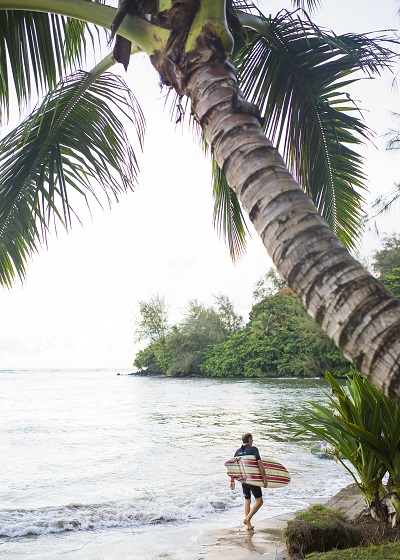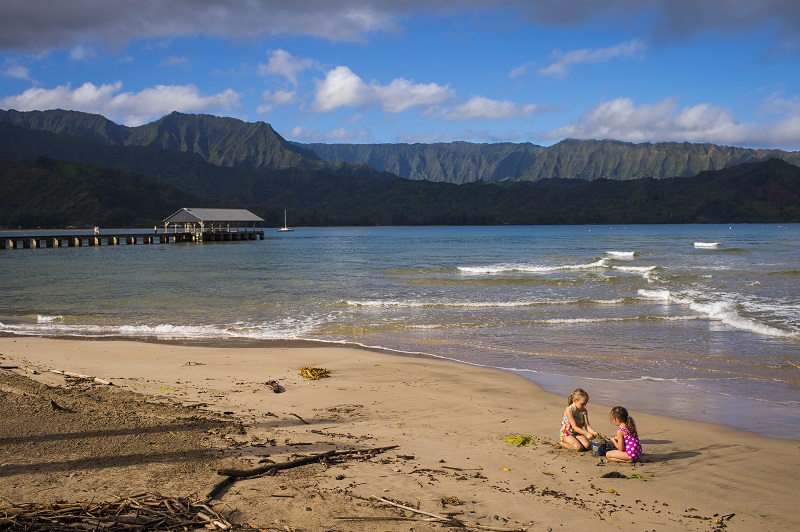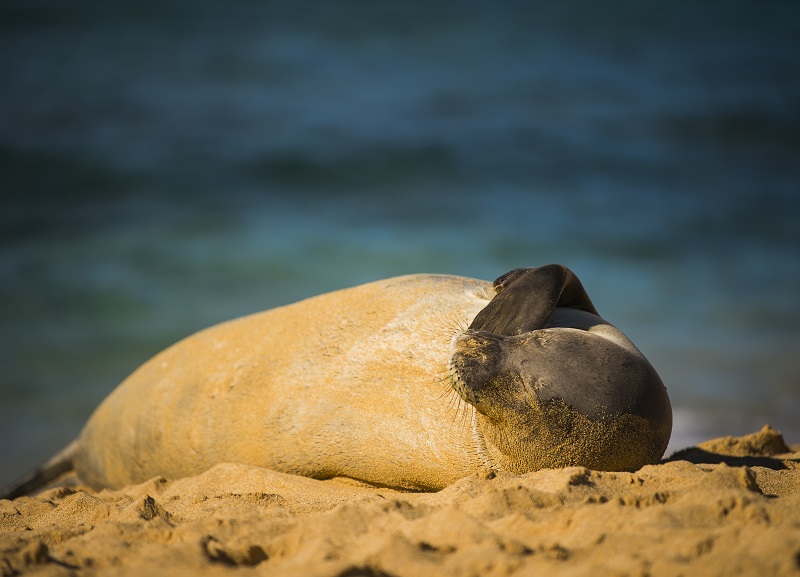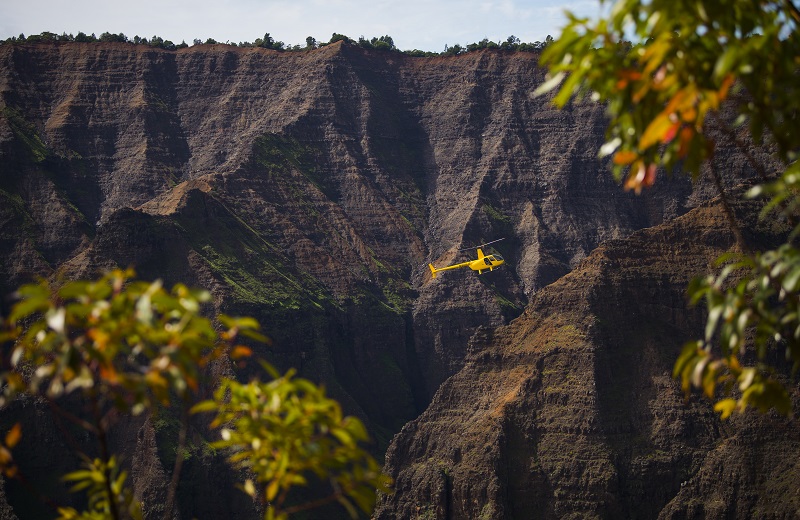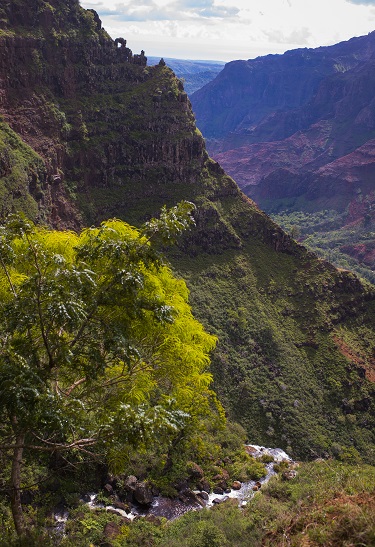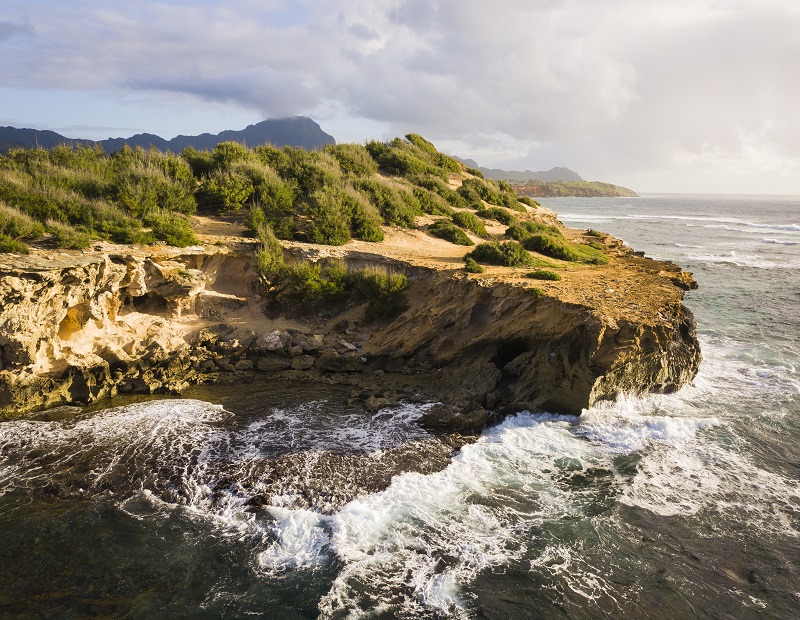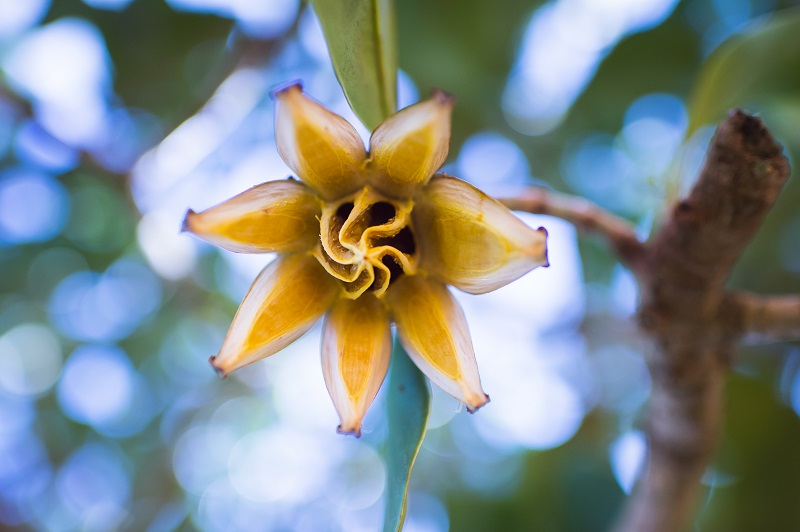Kauai: The island for nature lovers
Share
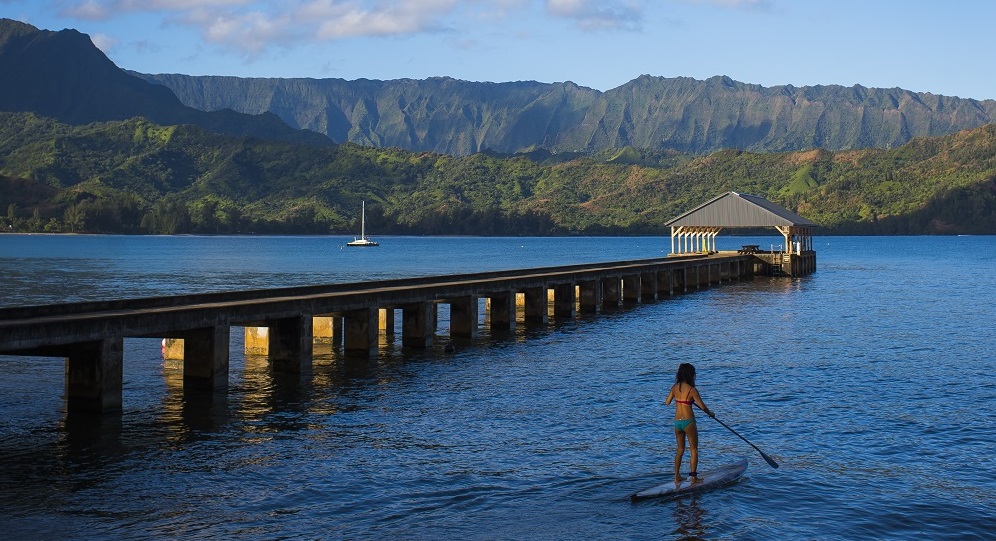
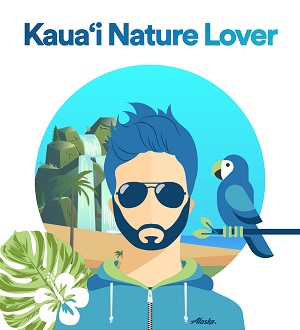 Nothing is more rejuvenating than being out in nature. Breathing fresh air, exploring a waterfall, feeling the sun on your skin… or even just gazing at a horizon of sea meeting sky. You probably enjoy the local wildlife or have a lot of appreciation for new and unusual flora. Even when you travel to urban destinations, you still make time to appreciate Mother Earth.
Nothing is more rejuvenating than being out in nature. Breathing fresh air, exploring a waterfall, feeling the sun on your skin… or even just gazing at a horizon of sea meeting sky. You probably enjoy the local wildlife or have a lot of appreciation for new and unusual flora. Even when you travel to urban destinations, you still make time to appreciate Mother Earth.
While all the Hawaiian Islands are a nature lover’s paradise, Kauai is particularly special. Waterfalls, lush valleys, a canyon and a nature reserve — not to mention all the beaches. Get those hiking sandals ready, you’ll love it here!
How to get there
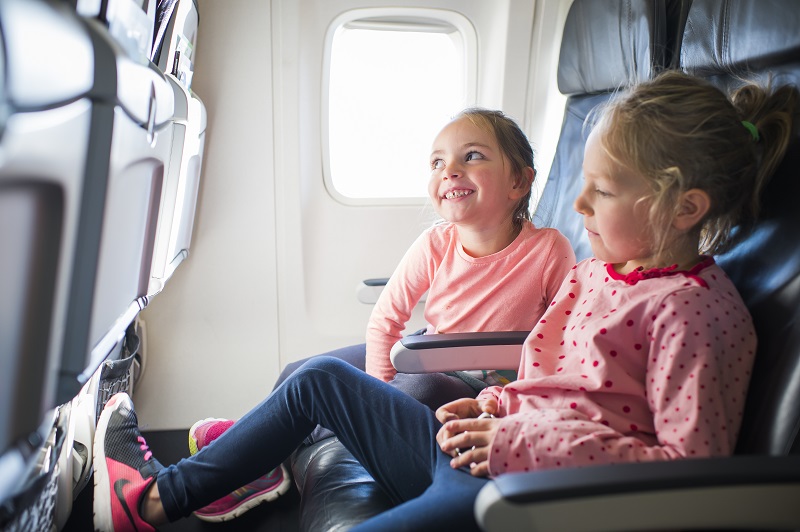
Alaska Airlines flies 4-6x daily to Lihue from Seattle, Portland, the Bay Area and San Diego. We offer low fares from the West Coast to Hawaii without giving up a great onboard experience. And because we are nature lovers, too, we’ve made conscious decisions to reduce our environmental impact. We were the first U.S. airline to remove plastic stir straws from our flights. We also have the most comprehensive recycling program and operate the youngest, most fuel-efficient fleet among U.S. airlines.
We are all part of the same ohana, and we want our kind and caring service, comfortable seats and great seasonal menu to welcome you to Hawaii!
What to see
Beaches
Kauai is a smaller island than Maui, Oahu or Hawaii. It’s the northernmost of the four main islands and the oldest, so it is much less volcanic than the others. Kauai also has some of the best beaches of all the Hawaiian islands, thanks to its geological maturity. Must-sees are Hanalei Bay to the north, Lydgate Beach to the east, the famous white Poipu Beach to the south and Polihale Beach State Park to the west.
Napali Coast
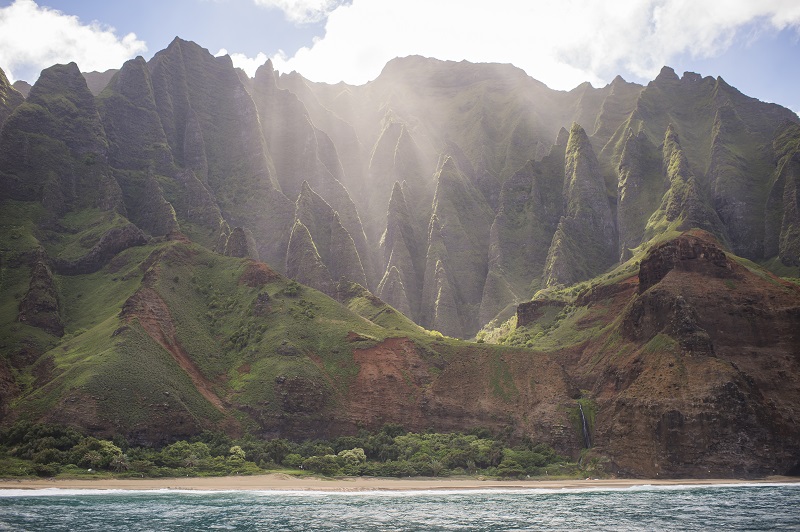
There are dramatic coastlines, and then there’s the Napali Coast. Forever made famous by Jurassic Park, jagged sea peaks sweep down to the sea in sheer curtains, cutting through ancient valleys along the way.
Part of its appeal is its remoteness. The best way to see it is from the air via a helicopter tour, or from the sea via a boat cruise. However, experienced hikers can undertake the Kalalau Trail, a challenging 11 miles (each way) that ends at a pristine beach. Whichever way you choose, it’ll take your breath away!
Waimea Canyon
The crown jewel in Kauai’s natural offerings, Waimea Canyon is often called the Grand Canyon of the Pacific. There is an astonishing similarity in the red earth and the deep crevasses carved by the Waimea River. Waimea Canyon is less extensive, but also more green and lush. There are official scenic outlooks all over the park, with some incredible views into the canyon as well as the Kalalau Valley and the edge of the Napali Coast. You can venture into the canyon itself on numerous hiking trails at various difficulty levels, one of which deposits you on top of the 800-foot tall Waipoo Falls.
Wailua River State Park
The Wailua River is the only navigable river in the state of Hawaii. It’s a popular kayaking spot, and several outfits offer ziplining tours above the verdant rainforest around the river valley. Also inside the state park are two “walk-up” waterfalls: the segmented Opaekaa Falls and the plunging Wailua Falls. They’re a great quick stop from the airport to other parts of the island.
Kilauea Point National Wildlife Refuge
The Daniel K. Inouye Kilauea Point Lighthouse stands at the northernmost tip of the Hawaiian Islands. It’s interesting to check out its history, but the surrounding Kilauea Point is a crash course in what makes Hawaii so amazing for bird watchers. All around the lighthouse cliffs, hundreds of ocean birds can be found nesting for winter or living year-round, like the Laysan albatross, the great frigatebird and the red-footed booby. The Hawaiian goose or nene is also common here and is found nowhere else in the world.
Monk seals, humpback whales, green sea turtles and spinner dolphins can also be seen from Kilauea Point at various times of the year. With the exception of the dolphins, these creatures are all threatened or endangered, and Hawaii is fiercely protective of them.
Kauai is full of natural wonders from sand to sea and cliff to valley. Its remote location in the Pacific and the lack of extensive urbanization on the island has allowed for so much wildlife. Check out our Kauai destinations page for more ideas on places to visit — there’s something for everyone!
Photos by Ingrid Barrentine.
Related stories:
